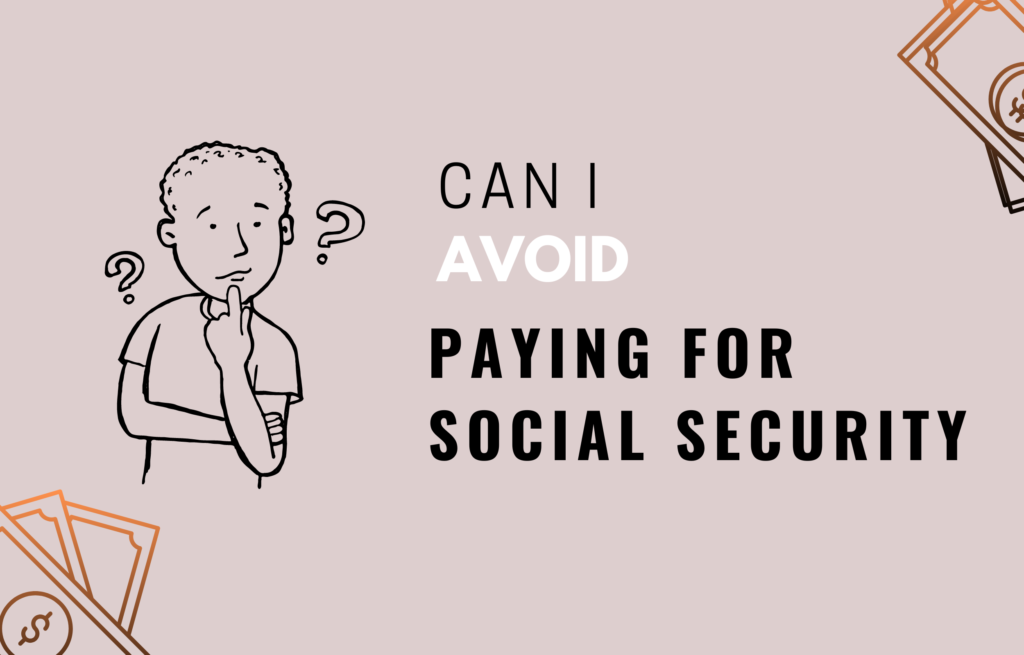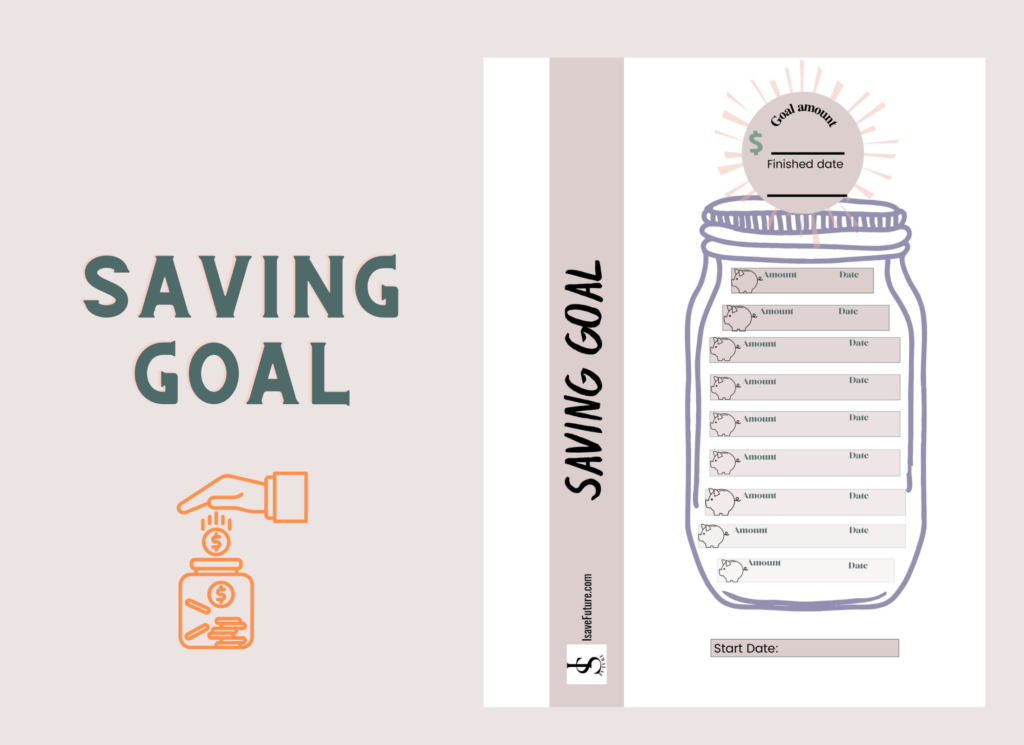Series I Savings Bonds, also known as inflation bonds have gained popularity during the last year as inflation continues to rise. I bonds are a great way to protect your savings from inflation and create a predictable income. It earns both a fixed rate and a rate that is set twice a year based on inflation. The bonds can earn interest for up to 30 years or until you cash them. Moreover, as the US government backs them, they are low-risk investments. This is a great way to diversify your portfolio. You can purchase Series I bonds through TreasuryDirect.com or when you file your taxes using your refund.
How do Series I Bonds work?
They have a fixed interest rate and a semiannual inflation rate. The fixed interest rate that you get when you buy the bond will never change, so if it was at 1% when you purchased the bond, it will remain like that for the life of the bond. This rate is announced every six months (on the first business day in May and on the first business day in November).
On the other hand, The inflation rate usually changes every six months. The rate is determined based on changes in the non-seasonally adjusted Consumer Price Index for all Urban Consumers (CPI-U). In other words, this number is based on the current inflation. The change is applied to your bonds every six months from the bond’s issue date.
The interest is compounded semiannually. Every six months from the time of purchase. The earned interest from the previous six months is added to the bond’s initial value. This creates a new principal balance. Consequently, You will then earn interest on the new principal. At this point, you will be earning interest on the money you initially invested plus the interest you earned in the first six months.
For example, let’s say you initially invested $1,000 and it earned 5 percent in the first six months. After the first six months, you will have 1050 in your account ($1,000 of your initial investment, plus the 5 percent which is $50). This will be your new principal, so for the next six months, you will earn interest on $1050.
Lastly, the interest that Series I bonds earn is subject to Federal income tax upon redemption, but you don’t have to pay State and local income tax!
| Fixed-rate | Inflation rate |
| You know it at the time of purchase | You know it at the time of purchase |
| It never changes | It Usually changes every six months |
| The rate is announced every six months (on the first business day in May and on the first business day in November) | The rate is set every six months (on the first business day of May and on the first business day of November) |
| This is an annual rate | Compounded semiannually |
Series I Savings Bonds Requirements
When you buy Series I Bonds, you must keep the investment in the account for one year. After one year, you can cash them, but if you cash them before the first five years, you lose the previous three months of interest.
You accrued interest from the time you obtain the bonds regardless if you bought them at the beginning or end of the month. However, you will not see the earned interest in your account until the account reaches five months. This is because of the three months interest penalty for bonds redeemed during the first five years. Therefore, The bond remains three months behind until the five years requirement is met. Then, you will see the complete amount.
Missing interest?
Now, you must be wondering why you don’t see the interest for five months if the penalty is only three months. Well, remember when I mentioned that you start earning interest from the moment you make the purchase, regardless of whether this was at the beginning or end of the month? You get this advance interest when you purchase the bond. However, this is taken back when you redeem the bond, so you won’t get any interest for the month you cash out. This is why it is already discounted in your account balance. Consequently, it is recommended to buy the bond at the end of the month and redeem it at the beginning.
For example, if your buy your I bonds on January 2022, you won’t see the interest until May 2022
| January 22 | Feb 22 | Mar 22 | Apr 22 | May 22 | June 2022 |
| Month 1 | Month 2 | Month 3 | Month 4 | Month 5 | Month 6 |
| 0 | 0 | 0 | 0 | $80 ( interest for month one shows up) | $160 (interest for months one and two show up) |
How you can buy them?
You can buy I bonds electronically by opening a TreasuryDirect account. The minimum you can buy through this account is $25 and the maximum is $10,000 per calendar year. You can also buy I bonds by mail when you file your federal tax using your tax refund. This is known as a paper I Savings Bonds. The minimum you can buy using this method is $50 and The yearly maximum is $5,000 total per calendar year. To buy I bonds, you must have a Social Security Number and be a United States Citizen, permanent resident, or Civilian employee of the United States.
| Electronic (TreasuryDirect) | Paper (When filing a federal income tax return.) |
| The minimum purchase is $25 | The minimum purchase is $50 |
| Maximum purchase is $10,000 yearly | Maximum purchase is $5,000 yearly |
Advantages of I bonds
- You can hold your bonds for 30 years
- You don’t have to pay State and local income tax on the earnings
- As the US government backs them, they are low-risk investments.
Disadvantages of I bonds
- Limit of $10,000 per year.
- You cannot buy them in your brokerage account.
- You cannot redeem the money during the first year of purchase.
- You lose three months of interest if redeemed during the first five years
- You have to pay Federal income tax upon redemption
- Interest rate changes (it can go up or down)



